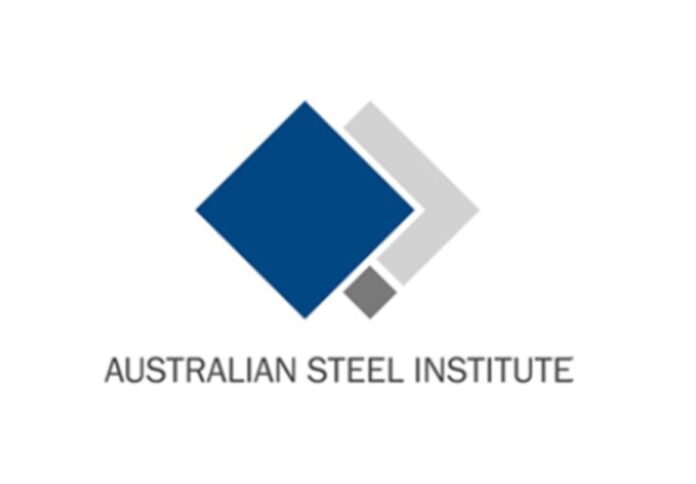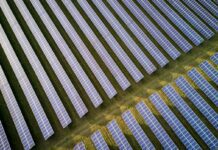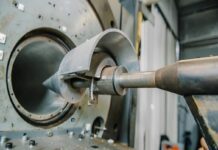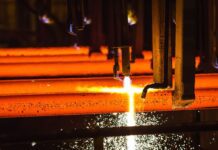
Media Release by Australian Steel Institute
A two-pronged public policy approach is needed to meet a forecast tripling in global demand for steel as Australia transitions to clean energy and net zero emissions, the Australian Steel Institute (ASI) conference in Sydney has heard.
The call comes on the back of BHP figures released on October 3 showing global steel consumption in the renewable energy sector will triple by 2050, with demand from wind and solar five times larger.
In a keynote address to the ASI conference on Monday (October 10), ASI chief executive officer Mark Cain said boosting local steel supply chain capability would relieve supply chain pressure on Australian energy providers – and keep the economic benefits in Australia.
ASI’s two-pronged approach calls on state and federal governments to set local content targets for steel and provide industry development support.
“Australia’s transition to clean energy and net zero emissions by 2050 will be steel intensive; our challenge is to foster and develop the local supply chain capability to ensure the economic benefits within Australia are maximised,” Cain told the conference.
“By boosting local steel supply, we relieve pressure on Australian energy providers competing for limited overseas supply, and keep the financial benefits in Australia,” he said.
ASI is calling on state and federal governments to impose:
- Local steel content targets are modelled along similar lines to the Victorian renewable energy targets (VRET) or the NSW Renewable Energy Sector Tender Criteria (NRESTC). Minimum local content requirements set by the Vic Government under the VRET are 64% for renewable energy facilities, including 90% steel products from locally milled steel.
- Industry development support along similar lines to the Federal Government’s $1.3b Modern Manufacturing Initiative. MMI helps Australian manufacturers scale-up, collaborate and commercialise.
“The shear volume and opportunity in particular within wind and solar is staggering,” Cain said. “We want to work with government to ensure the economic benefits of this development come back to Australia.”
Cain said the jump in demand for renewables over the next 30 years would see existing renewable energy generation of 25.0 GW grow to 143.1 GW by 2050; comprising 33.4 GW (wind onshore), 35.3 GW (wind offshore), 36 GW (solar), 10.6 GW (water), 27.2 GW (battery storage) and 0.6 GW (other).
“Grid transmission upgrades will be required across all states. Steel will be a major component of the 25,000 towers needed to support an extra 10,000 kms of high voltage transmission lines by 2030.
“It is estimated that each 1 MW onshore wind tower requires 124 tonnes of steel (mainly plate and reinforcing), with offshore wind increasing generation scale and steel consumption further. Each 1 MW Offshore wind tower requires 190 tonnes of steel. It is estimated that each 1 MW of hydropower will require 161tonnes of steel.”
Cain said suppliers need the certainty of demand to generate investment in manufacturing and fabrication capability. Creation of this demand needs to be developed with the support of the government, project investors and developers and original equipment manufacturers.
“Australia currently has limited local capability and has missed out on substantial economic value in recent years with renewable projects highly reliant on established overseas supply chains. Some incremental local investments have recently been initiated but without further investment and government support this trend is set to continue.”


















